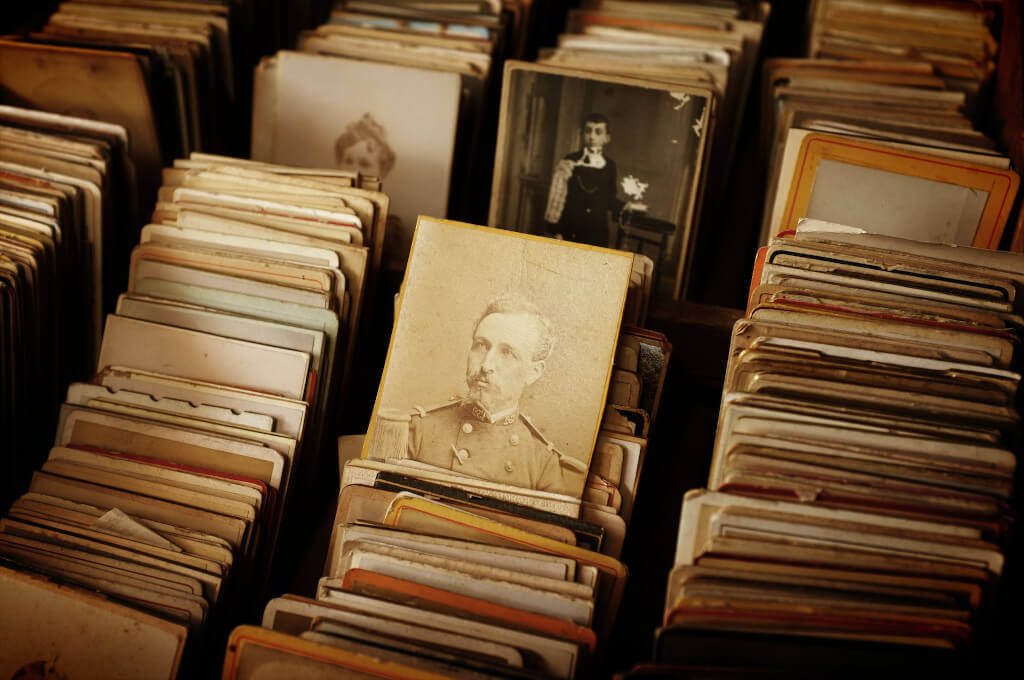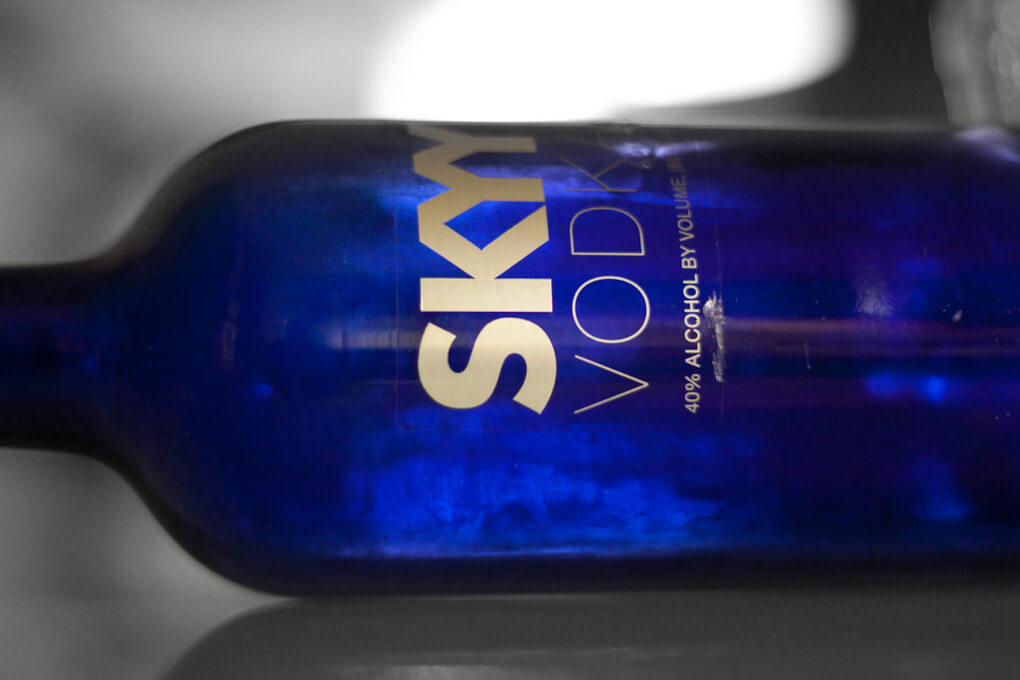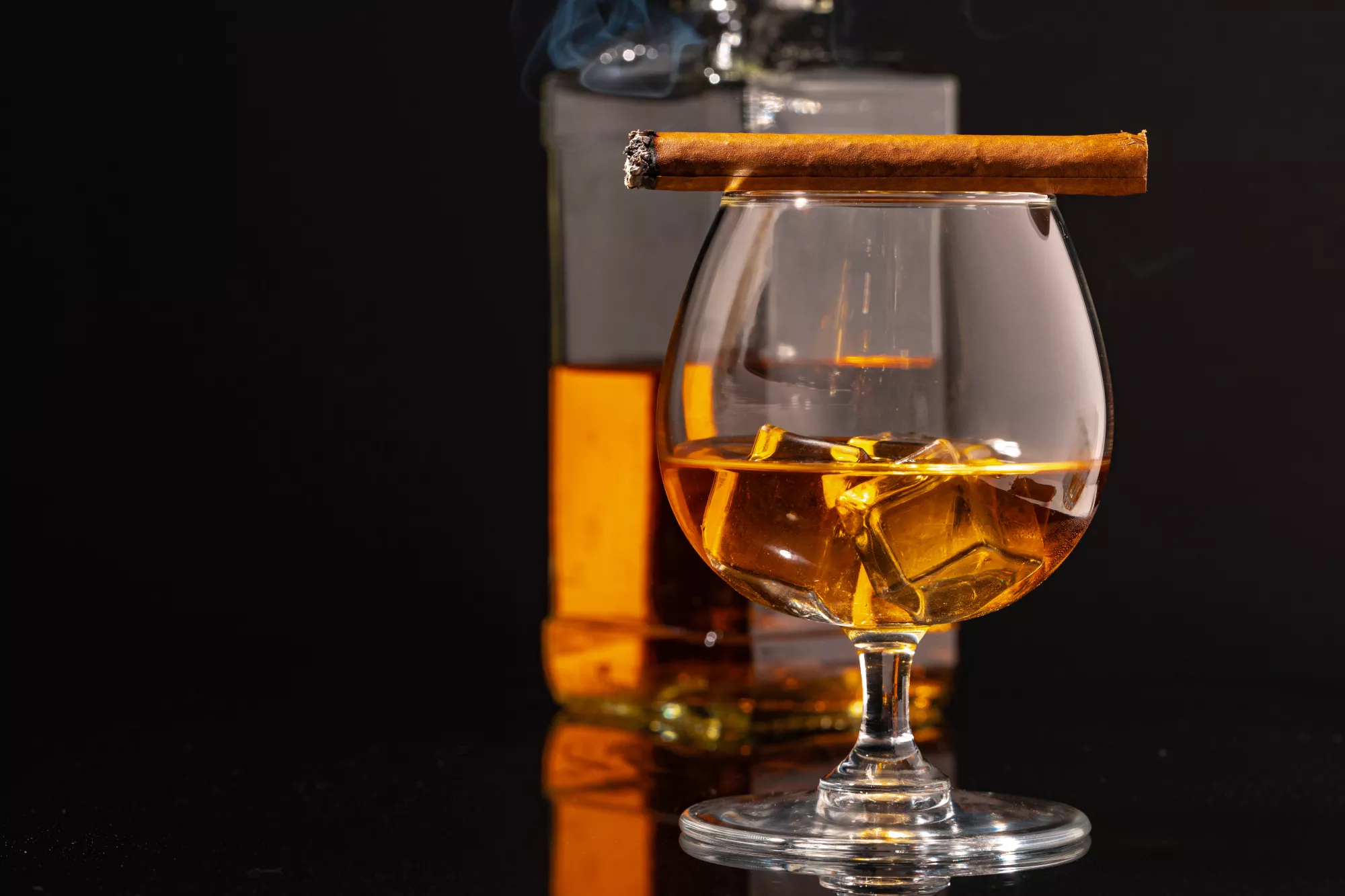Anarchy and Whiskey
The spirits excise duty was signed into law by George Washington in 1791. Not the first to vent his anger on the whiskey industry, Britain had only four years prior imposed a prohibitive levy on Highland stills in Scotland and decreed that whiskey produced there could not be distributed outside the Highland region. It seems like everyone had it in for the distillers.
Although Washington was a distiller by trade, he heeded the advice of Alexander Hamilton, the Treasury Secretary, when Hamilton suggested that the new nation settle its Revolutionary War debts. To that end, Hamilton successfully lobbied Congress to institute tariffs on foreign goods, a tax on distilled spirits, and the chartering of the Bank of the United States to hold government funds and spur economic growth by investing in American firms.
On July 1, 1791, the government began enforcing an excise tax on all spirits, imported and domestic, to help pay down the $54 million national debt that Hamilton had calculated. A yearly tax was levied on each still based on its capacity, and rates varied depending on the alcoholic strength of the product (meaning that rum, made from imported molasses, was taxed more heavily than whiskey).
Governments in need of revenue have historically favored taxing alcoholic beverages like spirits, beer, and wine for two very basic reasons: Fruit, sugar, and grain are all used in the production of alcoholic drinks, although humans can survive without them. Therefore, hard liquor is a luxury that deprives everyone of food. When you factor in the fact that, for some people, drinking is also a moral failing, it’s not hard to see why alcohol is taxed so heavily in many countries. However, the 1791 tax on American whiskey was widely reviled by the distillers and farmers who produced it.
Let’s Pause to Consider the Financial Plight of the Era’s Farmer-distillers in Light of These New Taxes
They were probably making a good livelihood, but most purchases and sales were made through barter. It’s a fantastic method of conducting trade: Bring a gallon of your best whiskey into town and barter it for a new dress for your lady, a week’s worth of fish for your family’s Friday night dinner, and if your landlord happens to be around, maybe a few months’ worths of rent in exchange for a gallon of whiskey. Even if the scenario and numbers are completely made up, you may get a sense of why the farmers’ pockets were empty.
It’s important to note that not many farmers had access to stills because they were so expensive. But “them as didn’t” would ship their grain to “them as did” to be distilled into whiskey. A portion of the whiskey would go to the supplier, while the distiller would keep the balance as payment for his services. However, no actual money was being exchanged.
The country’s distillers were upset by the additional taxes, but only in Pennsylvania did that frustration escalate into a widespread violent uprising. Oh, the people in Kentucky, Maryland, and Virginia weren’t very pleased about the taxes, either; there were skirmishes and rallies, and tax collectors were burned in effigy. Ultimately, though, it appears to have come down to Washington deciding to quiet one area to make an example for the rest of the country. Kentucky was a difficult area to invade because of its geography, but Washington also might have lost the state to the Spanish who controlled the territory to the west of the state if he had targeted Kentuckians instead of Pennsylvanians.
Western Pennsylvania distillers were already frustrated by having to go to Philadelphia to answer criminal accusations when they had no money. Some of them had to travel several hundred miles across hostile territory frequented by indigenous peoples, and they had to be away from their farms for extended periods when there was important work to be done (and whiskey to be created).
The Distillers in Pennsylvania Rose Up and Declared Independence
At one of the town hall meetings, it was decided that anyone attempting to collect the taxes would be considered an enemy of the state. One such tax collector, Gerald Carson writes in his book The Social History of Bourbon, had his home burned to the ground despite hiring a dozen troops to guard it. In 1791, a crowd of more than 5,000 men marched on Pittsburgh with the intent of torching the entire city. However, municipal officials were able to distract the mob from its purpose by promising to exile some officials and by providing the mob with food and, of course, whiskey.
When Kentucky was admitted to the Union as a state in 1792, taxes were lowered to roughly 7 cents per gallon from 11 cents. By the way, it is proposed that the word “Kentucky” has two meanings when translated from the Native American Iroquois: There are competing explanations for the origin of the name: some claim it means “meadowland,” while others believe it means “dark and bloody ground” in honor of the native American wars waged there.
A few revenue agents were tarred and feathered, and others were terrorized into giving over their excise books to the delinquent taxpayers, but the insurrection didn’t reach a head until 1794. In that year, after further tax reductions were met with little cooperation from Pennsylvanians, George Washington called on federal troops to put down an insurrection for the first time in American history.
Washington’s thoughts on the Whiskey Rebellion are revealed in his written proclamation of August 7, 1794. He said the conspirators “encouraged the spirit of opposition by misrepresenting the laws calculated to render them odious” and “sought to deter those who might be so disposed from accepting offices through fear of public resentment and injury to person and property, and to compel those who had accepted such offices by actual violence to surrender or forbear the execution of them.”
To further his case, Washington claimed that “many persons in the said western parts of Pennsylvania have at length been hardy enough to perpetrate acts which I am advised amount to treason,” referring to the distillers’ “infliction of cruel and humiliating punishments upon private citizens for… appearing to be friends of the law.” Historians disagree on Washington’s true motivations for mustering federal troops to put down the Whiskey Rebellion, but many believe he did so in part to see if they would show up. After all, this was the first time Washington had ever enforced federal law in the United States, and Washington needed to show he was a powerful leader to convince soldiers to battle their fellow countrymen. Around 13,000 men showed up to fight, solidifying Washington’s leadership.
Anyone who promised to follow the rules from then on was awarded a pardon. The property of people who refused to pay their taxes was looted, their backs were flogged, and they were taken to collection centers. Washington’s pressure won out, and the distillers caved. They defied the law and lost. And justice had prevailed.
Some farmers from Pennsylvania migrated to Kentucky during the Whiskey Rebellion, increasing the total number of distillers in the new state. Hearing that the Bluegrass State’s corn-growing and whiskey-making-friendly limestone water was plentiful, many soldiers who had been sent to Pennsylvania deserted and settled there. Pennsylvania gave the world rye whiskey, and Kentucky was about to offer the world bourbon.
The Original Whiskey Made From Bourbon
Everyone appears to be curious about who created bourbon for the first time. Nobody has any idea. The Baptist pastor known as the Reverend Elijah Craig is widely credited as the “inventor” of bourbon, but there is no evidence to support this. We do know he was a distiller in the late 1700s, and his whiskey was likely called Kentucky whiskey or maybe even bourbon, but there is no evidence to suggest he invented the spirit. United Distillers’ archivist Mike Veach suggests that Elijah Craig was probably employed to resist the prohibition movement in the late nineteenth century because he was a Baptist clergyman. The distillers had to defend bourbon in the face of forces who cited the Bible to support their position, so who better to declare the “inventor” of bourbon than a decent Christian?
The fact that Craig never lived in Bourbon County (he was based slightly to the west of the county border) is also a source of controversy among proponents of the Craig theory, who believe that he cannot be responsible for producing the whiskey style currently commonly known as bourbon. Craig may have named his product “bourbon” even though it wasn’t there because of the favorable reputation of “bourbon” whiskey in the South, to which he did transport his whiskey.
To find the origins of bourbon whiskey, one must first consider the factors that made Kentucky the ideal location for its development. Kentucky was known for its fertile soil, abundant trees (17 native species of oak), and clean water (thanks to limestone filtration). In this ideal setting for whiskey production, corn was fostered in the fields and became the major grain, the water was ideal for distillation, and the settlers had access to abundant supplies of wood for barrels.
Although the early Kentuckians had access to all the components required to make whiskey, it is necessary to trace back the history of a given whiskey style to determine its genesis. Although bourbon was the common name for Kentucky whiskey before the year 1800, the likelihood that anyone today would recognize it as bourbon is quite low. We need to measure up to modern expectations if we want our bourbon to taste right: There must be more maize than the sum of all *other grains used, and the bourbon must be matured in charred wood casks for at least two years (some say the oak must be white oak, although the official regulations don’t specify a type).
Therefore, we must look for the person most likely to have combined them all to identify the originator of bourbon. In regards to maize, the answer is simple: Most distilleries in Kentucky probably used maize as their base ingredient because it was the most common grain in the state. It didn’t break the bank. More research is required to fully understand the role of aging. While whiskey has always been aged in oak casks, the length of time spent there and whether or not those casks were charred have varied. The sour mash is an additional factor.
Who Set Fire to the Barrels?
Heating the straight hardwood staves needed to make a barrel allows the wood to be bent into the typical barrel shape. To ensure a watertight (or whiskey-tight) seal, barrels are typically shaped like this so that the bands used to keep the barrel together may be tightened around the broader area at the barrel’s center. Coopers have been shaping barrels over the fire, or “toasting” the staves, for as long as anybody can remember. Bourbon casks, like wine barrels, are toasted first before being burned. A common urban legend states that a reckless cooper allowed his staves to catch fire and “forgot” to inform the distiller who purchased the barrel. As a result of the whiskey maker’s discovery of the reason for the change, charred barrels are now the standard in the industry. It’s simply a tall tale, but there might be some truth to it.
Distillers needed “tight” or leakproof barrels to hold their whiskey, and at the time, tight barrels were used to store anything from water to molasses to linseed oil to tar. Used barrels were more cost-effective than buying new ones, and they were just as recyclable as new ones were. Perhaps as a matter of routine, distillers who invested in used cooperage would set fire to the interior of the barrel to rid it of any remaining odors or dirt, and at some point, the beneficial effects of charred barrels on whiskey were once again acknowledged.
Charred barrels are mentioned in a book with no cover and no printed date in the United Distillers archives in Louisville; instead, there is a handwritten notation mentioning the year 1854. The book includes a wide variety of questions and answers, including: Why are the interiors of water and wine barrels charred? Since charcoal (by absorbing animal and vegetable contaminants) maintains the liquor’s sweetness and quality, the answer is “a”: “because charring the inside of a cask reduces it to a kind of charcoal.” If the publishing date is 1854 or later, then this document is from the nineteenth century. Have burned barrels always been used? Probably, albeit the likelihood of them being employed exclusively by a single distiller is low.





